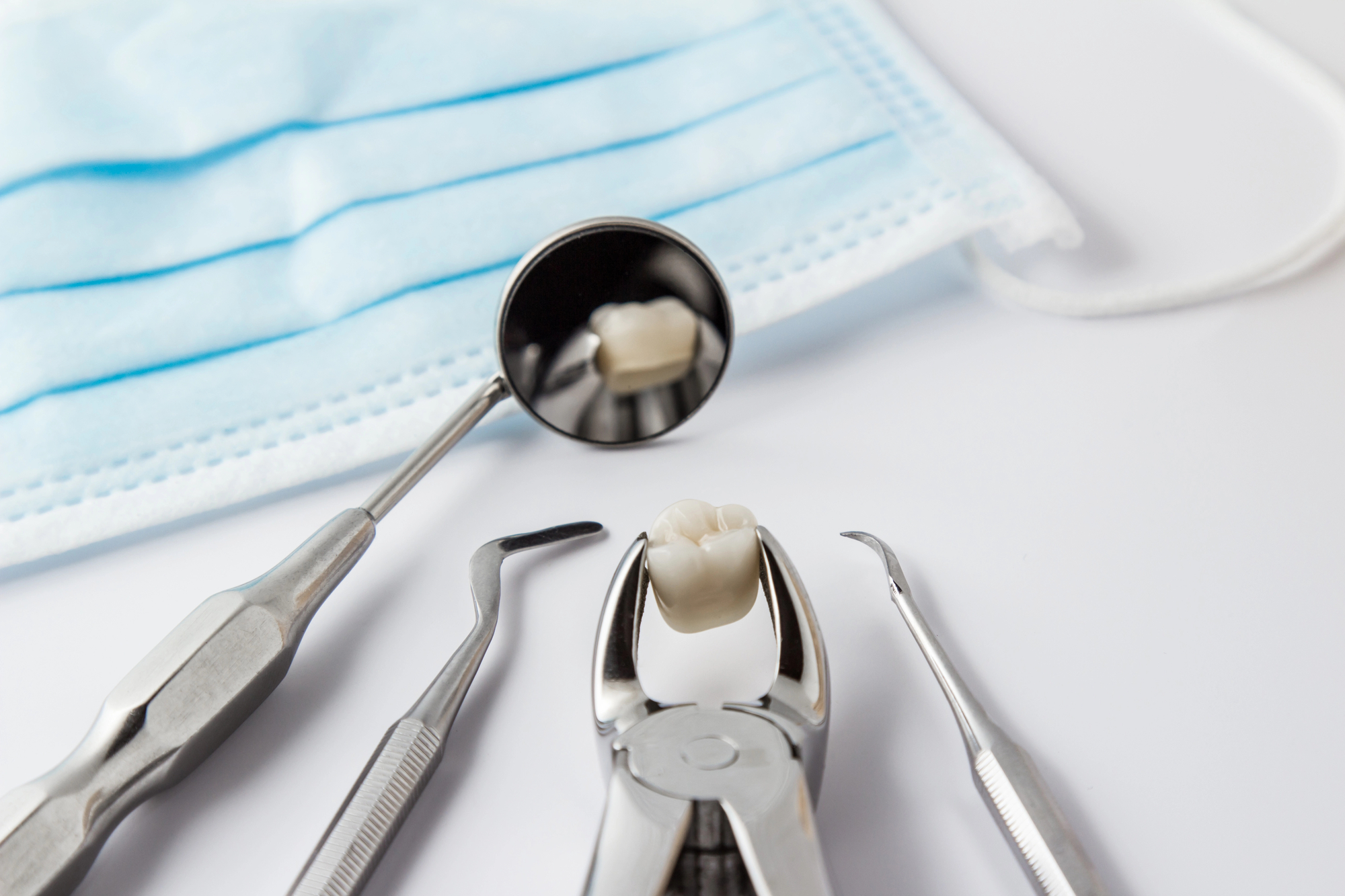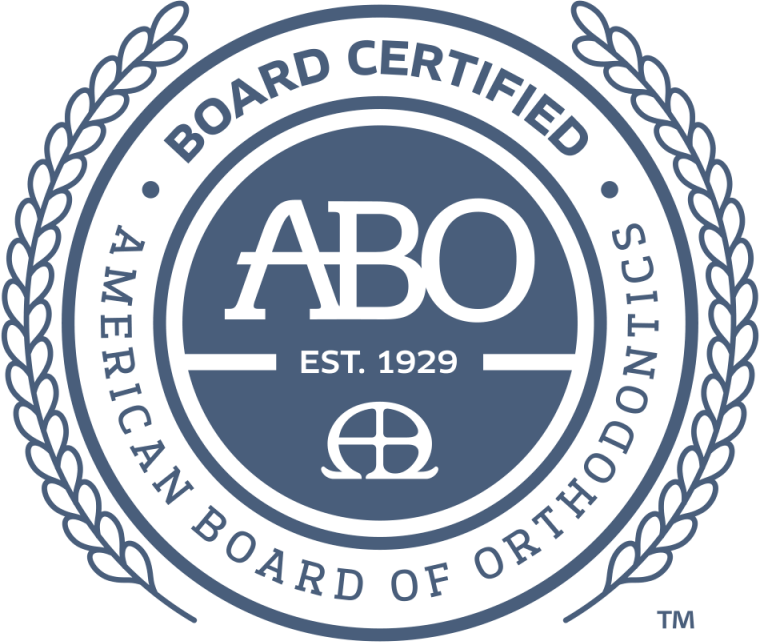Are you wondering what a quick, pain-free tooth extraction involves? This procedure is designed to remove teeth efficiently with minimal discomfort, using advanced techniques that focus on patient comfort and rapid recovery. During the process, professionals ensure everything is handled smoothly and safely, allowing for a straightforward post-procedure period.
Reasons for Tooth Extraction
Tooth extraction is a common dental procedure that may be necessary for several reasons. One of the primary reasons for a quick, pain-free tooth extraction is severe decay or infection that has damaged a tooth beyond repair. In such cases, removing the tooth can prevent the spread of infection to other areas of the mouth. Another common reason is impacted teeth, particularly wisdom teeth, which may cause pain, swelling, and misalignment of other teeth if left untreated.
Additionally, tooth extractions may be required to help alleviate overcrowding in the mouth. This is particularly relevant in orthodontic treatment plans where space needs to be created for teeth to move into their correct positions. In cases where a tooth cannot be saved due to trauma or decay, a quick, pain-free tooth extraction becomes necessary to maintain overall oral health. For more detailed information on this topic, consider reading Multiple Tooth Extractions: Dentist’s Guide.
Quick, Pain-Free Tooth Extraction: Common Tooth Extraction Methods
Tooth extraction is a dental procedure that involves removing a tooth from its socket in the jawbone. While it might sound daunting, modern dental practices have refined several methods to ensure that this process is as quick and pain-free as possible. One common method is simple extraction, which is used when the tooth can be seen in the mouth. In this case, the dentist uses an instrument called an elevator to loosen the tooth and forceps to remove it. Another method is surgical extraction, which involves making a small incision into the gum to remove a tooth that may not have erupted fully or is broken at the gum line.
Each method of tooth extraction is designed to minimize discomfort and expedite recovery. Dentists will choose the most appropriate technique based on the specific condition and location of the tooth to be extracted. For more detailed information on these services, visit our Kennesaw Tooth Extraction Services page, where you can learn more about how quick, pain-free tooth extraction is achieved.
Understanding Local Anesthesia
Local anesthesia is a common method used to numb a specific area of the body, preventing pain during medical procedures such as tooth extractions. When administered, it blocks the nerves in the targeted region from sending pain signals to the brain. This allows for a comfortable experience for the patient while the dental professional performs the necessary procedure. The effects of local anesthesia are temporary and typically wear off after a few hours, allowing normal sensation to return to the area.
The Role of Dental X-Rays
Dental X-rays play a crucial role in the process of quick, pain-free tooth extractions. These imaging tests provide dentists with a detailed view of the teeth, bones, and surrounding tissues, allowing for a thorough assessment before proceeding with an extraction. By understanding the layout and condition of what lies beneath the gums, dental professionals can plan the most effective approach to remove a tooth while minimizing discomfort and complications. For those seeking expert dental care, including tooth extractions, Dentistry & Orthodontics at Kennesaw Point offers experienced professionals. Learn more about their services by visiting Kennesaw Dentist.
Day of Extraction: What Happens
On the day of your quick, pain-free tooth extraction, you can expect a straightforward and efficient process. Initially, your dentist will apply a local anesthetic to numb the area around the tooth to ensure you feel no pain during the procedure. Once the area is numb, the dentist will gently remove the tooth using specialized tools designed for minimal discomfort. The entire process is typically quick, and efforts are made to ensure that it is as painless as possible, allowing you to recover swiftly without significant downtime.
Post-Extraction Healing Process
After a quick, pain-free tooth extraction, the healing process is crucial for your comfort and health. Initially, a blood clot will form in the socket, which is vital for the natural healing process. To ensure a smooth recovery, it’s important to follow your dentist’s aftercare instructions, which typically include avoiding strenuous activity, not smoking, and steering clear of straw usage to prevent dislodging the clot. Proper care can significantly reduce discomfort and prevent complications such as dry socket, promoting faster healing and getting you back to your routine with minimal disruption.
Signs of a Healthy Recovery
After undergoing a quick, pain-free tooth extraction, it’s crucial to know what constitutes a normal healing process. On the day of the extraction, your dentist will ensure that you’re comfortable, using local anesthesia or sedation to minimize pain. The procedure itself is swift, with the affected tooth being carefully removed to prevent damage to surrounding tissues. Post-extraction, you should expect some bleeding initially, which will gradually lessen. Swelling and mild discomfort are normal but should start diminishing within a few days. Following your dentist’s aftercare instructions will be key to a smooth recovery, helping you get back to your daily routine without complications.
Normal Sensations After Extraction
After a quick, pain-free tooth extraction, it’s normal to experience some mild discomfort, swelling, and residual bleeding. These sensations are a typical part of the healing process and should gradually improve within a few days. It’s important to follow your dentist’s aftercare instructions to ensure a smooth recovery. If you notice excessive pain or signs of infection, such as fever or increased swelling, contact your dental professional promptly.
When to Consult Your Dentist
If you’re experiencing persistent tooth pain, swelling, or signs of infection, it may be time to consult your dentist about the possibility of a quick, pain-free tooth extraction. These symptoms can indicate severe decay or damage that might not be treatable through conservative methods alone. Early consultation with your dental professional can prevent further complications and ensure a smoother, more comfortable treatment process. Don’t wait for the discomfort to become unbearable; seeking advice at the first sign of persistent dental issues is crucial for maintaining your oral health.
Conclusion
For a quick, pain-free tooth extraction, call us at 678-275-2066 or read our reviews on Google Maps.







